Well, memorable for me anyway – your mileage may vary. Some of the images I’m sharing here made good money for me a few years ago when I had a side hustle in stock photography, so I’m assuming they have a modicum of broader appeal. Most of them are simply images I like, and I hope you enjoy also. So, about the lenses, I expect most readers would agree it’s a no-brainer that good glass is an important, though far from sufficient, ingredient for the creation of an impactful, and thus memorable, image. So if it’s possible to own lenses with fewer flaws, then more of your images have the potential to be made into big, sharp prints, which is always something I like to at least have the option to do. But having wasted far too much time worrying about mtf figures and other nerdy lens data, much of which is irrelevant in the real world, I thought I would revisit some of my own favourite images that I know were shot with lenses that many photographers these days would either politely dismiss or even ridicule.
Ken Rockwell routinely self-cites his essay ‘Your camera does not matter’, which I have to admit always struck me as a teeny bit ironic for someone who has made a career of reviewing camera gear. Anyhow, while I flatly disagree with some of what he says in that piece (you can’t shoot sunbirds, saltacid spiders or spine-cheek clownfishes with any ol’ camera – you do need the right gear), I do agree with many of his broader points. Ansel Adams said: “There is nothing more disturbing than a sharp image of a fuzzy concept.” To crudely paraphrase, a boring photo, made with an expensive or even ‘legendary’ lens, is still a boring photo.
All that aside, I have to admit to nevertheless having a scientific, and perhaps even childish fascination with the technology itself, including a lot of the older cameras and lenses from the mid to late 20th century. I love the fact that the humble Tessar, a lens with just four elements in an arrangement that was first conceived in 1902, can deliver astonishing detail, colour and contrast, still holding its own against fancy modern lenses that include many more elements, in designs only achievable with highly sophisticated computer models, exotic glass types and all manner of high tech coatings.
So, here are the images, grouped by the lens they were made with, in no particular order. Most have been made with Fujichrome slide films, including Velvia.
Sigma MF 35-70mm F2.8-4
I mainly used this short zoom lens on an Olympus OM40 body in the late ‘80s. I sold it while backpacking around South America on a shoestring budget because, well, let’s just say my travel budgeting skills have seen some moderate improvement since that trip. I can’t see any real optical flaws in the images I made with it.
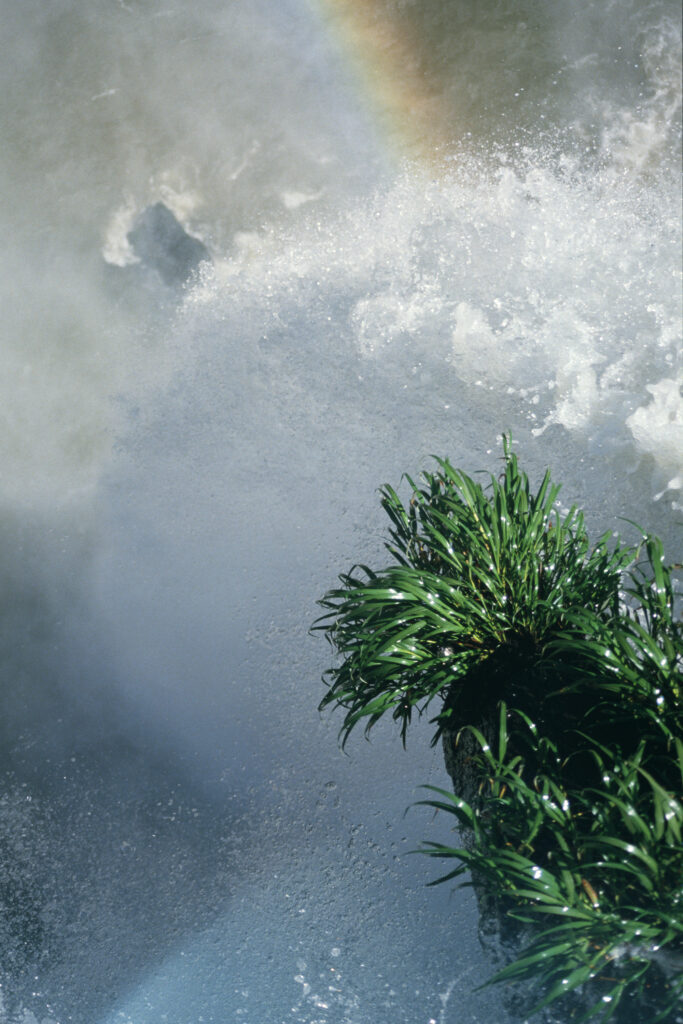
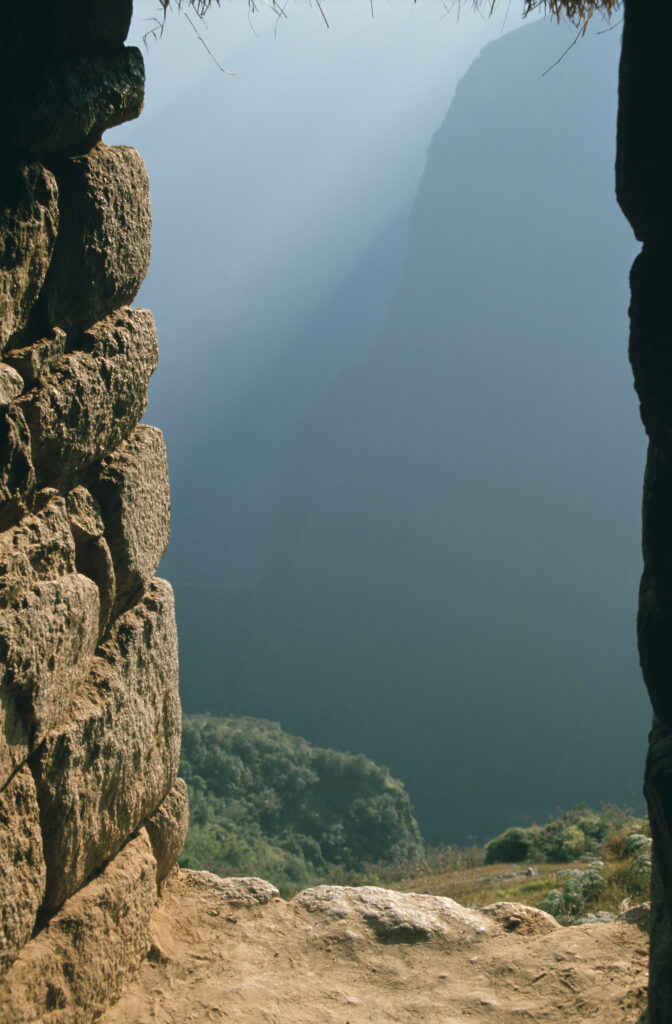
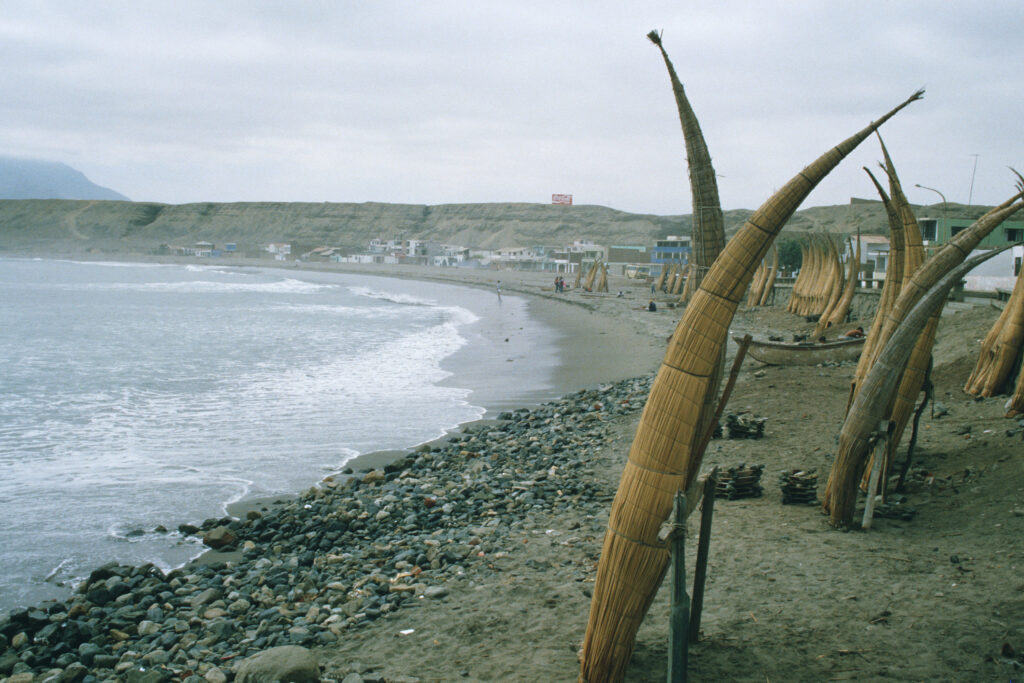
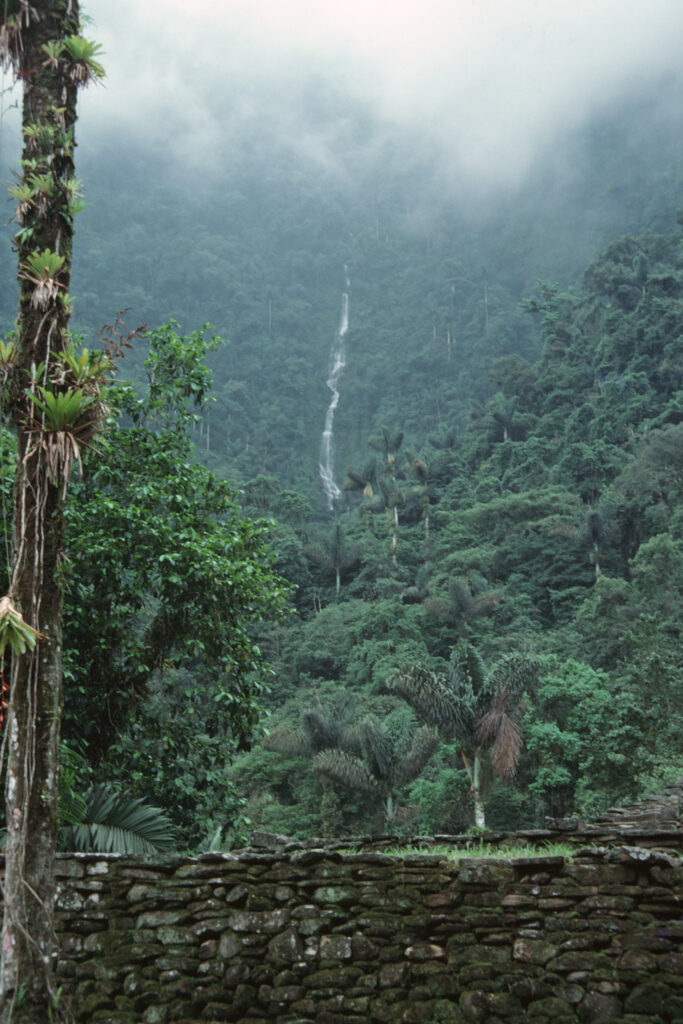
A little more can be read about this lens here
Vivitar 17mm F3.5
This is one lens I regret letting go of, because it’s pretty hard to find these days. I used it for a while in the early 90s on Nikon bodies but then found myself using the AF-Nikkor 20mm F2.8 more often, particularly for underwater work, because it had autofocus. Again, the images don’t seem to show any significant optical shortcomings.
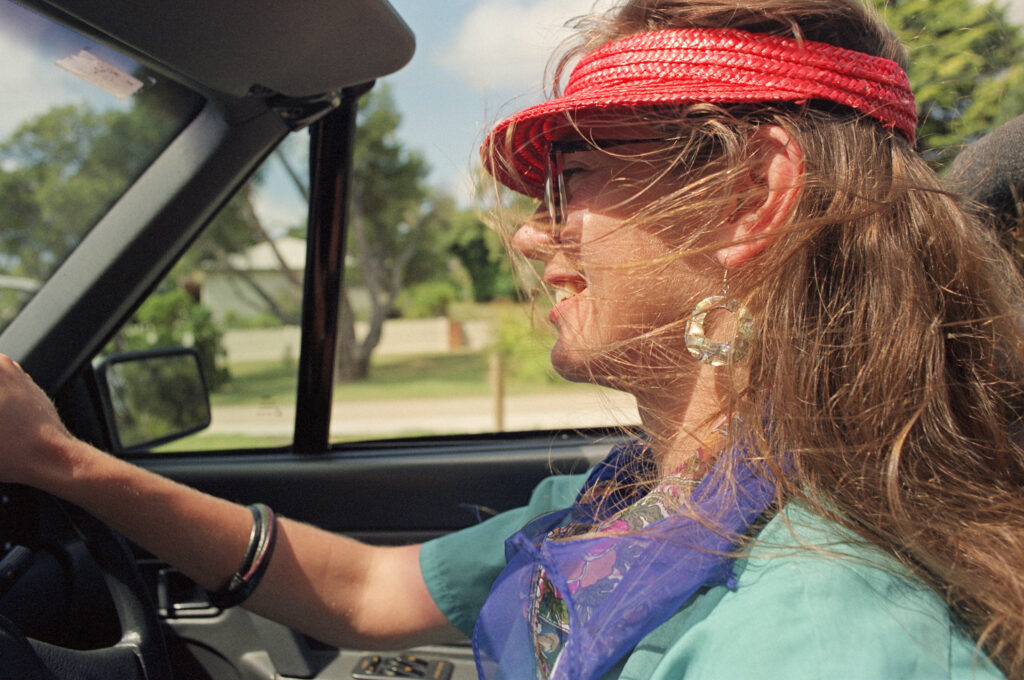
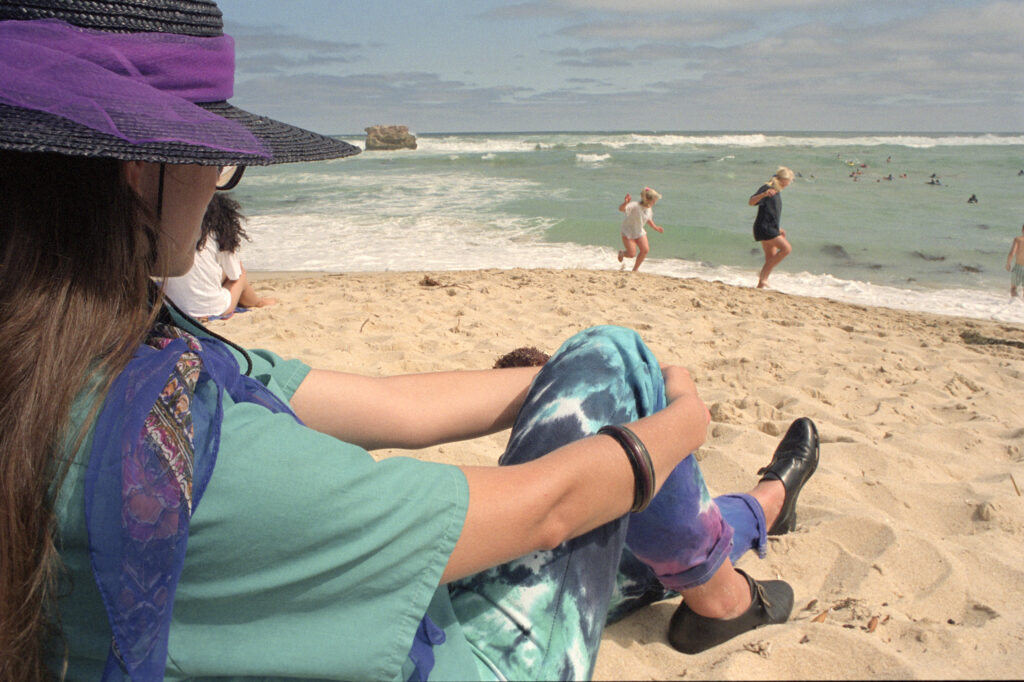
You can read a little more about this lens here.
AF Nikkor 35-105mm F3.5-4.5
This is an earlier iteration of a series of lenses in this focal length range. It’s quite plasticky, and has a very narrow and dodgy-looking focus ring. I used it as a workhorse zoom for at least a decade, then put it away as more versatile zooms arrived with the digital era. It still works fine, and I recently decided to put it back into use. It has a useful macro capability, but without autofocus.
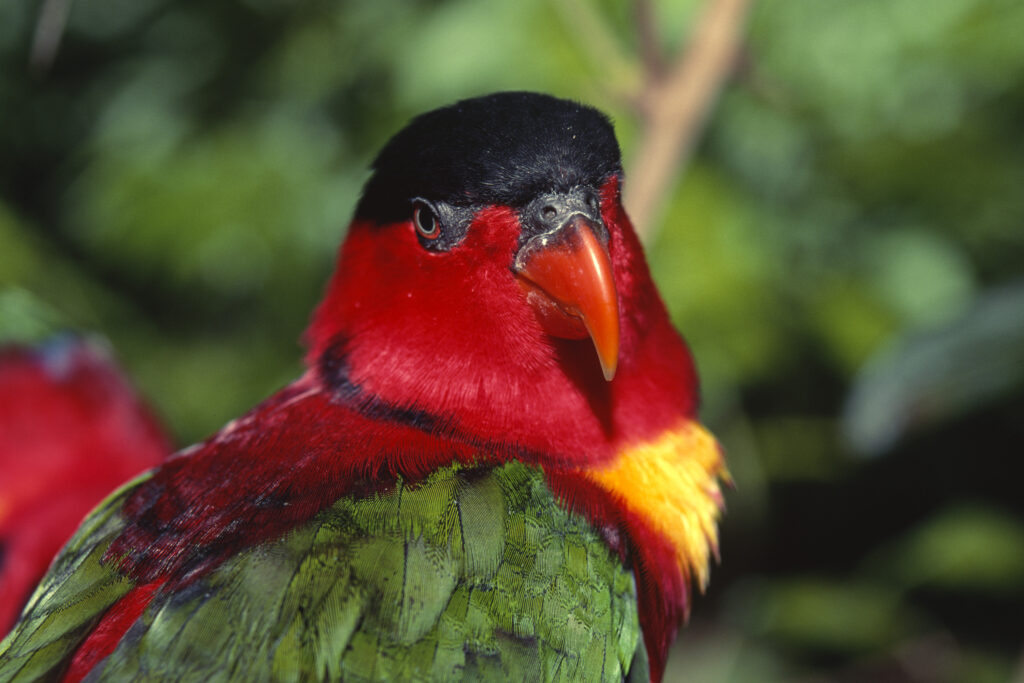

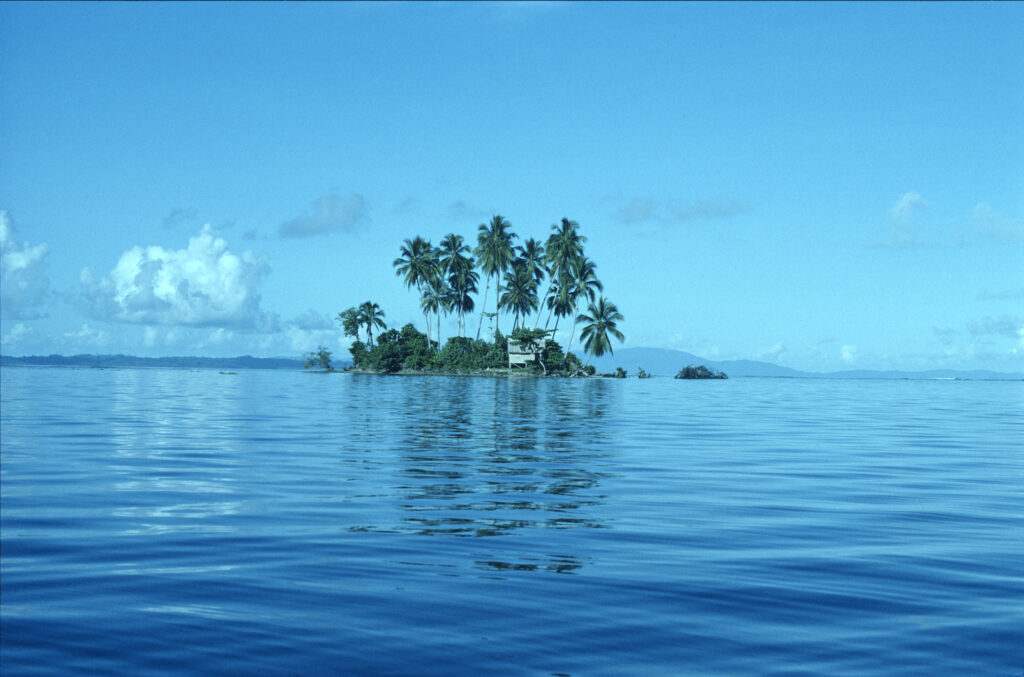
More about this lens here.
Ai-s Nikkor 135mm F2.8
This lens has no flaws to speak of, but has simply been overshadowed by the much more celebrated 105mm F2.5 and the 135mm F2 DF, among others. It’s always been relatively cheap, is extremely well made, and produces excellent images, including at F2.8. It’s also great as a macro lens with the PN-11 extension ring.
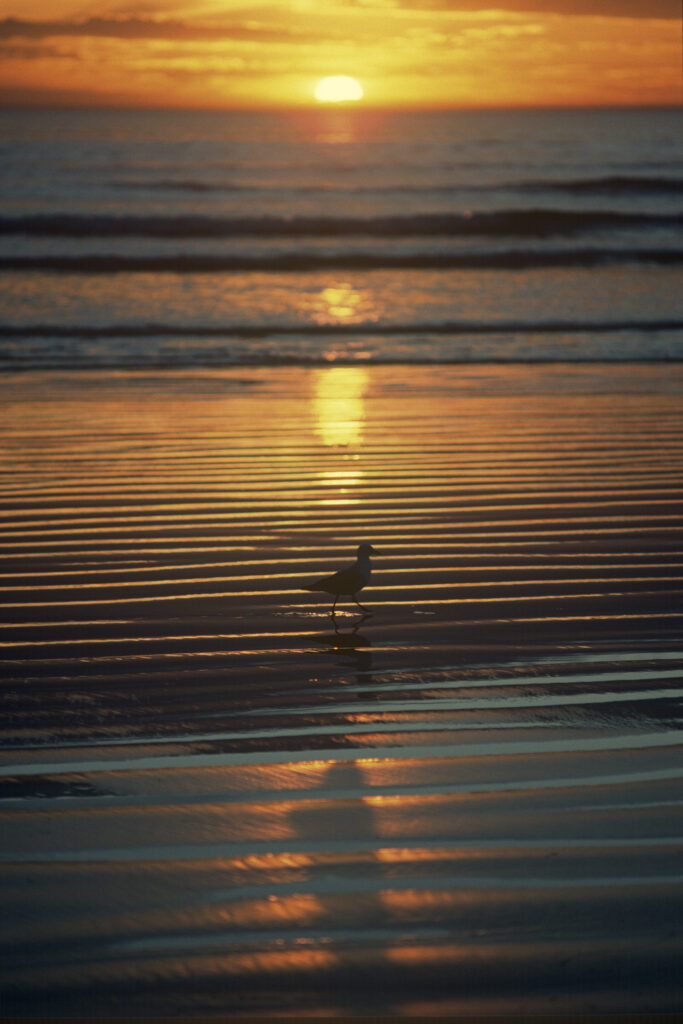

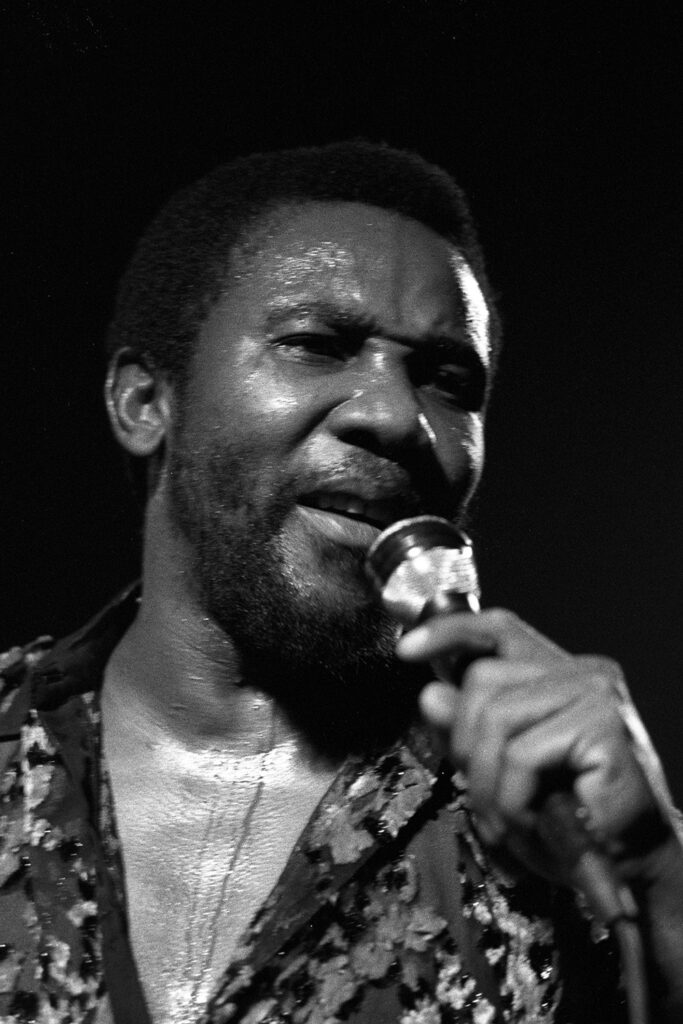

More on this lens from KR here
AF Micro Nikkor 60mm F2.8 (Pre-D).
I still regularly use this lens, which I obtained around 1990. I used it an awful lot in the ‘90s on the Nikon F801S body, both above water and underwater in an Ikelite housing. Its fast and accurate autofocus proved extremely handy underwater, especially for fish portraits. But it has since seen a lot of use on digital bodies, particularly for botanical and back-yard wildlife work. Being a macro lens, it has been used a lot at F16 and even F22, apertures at which most lenses are very much diffraction limited. I don’t find myself fretting about the inevitably low count of lines per millimetre at these apertures.
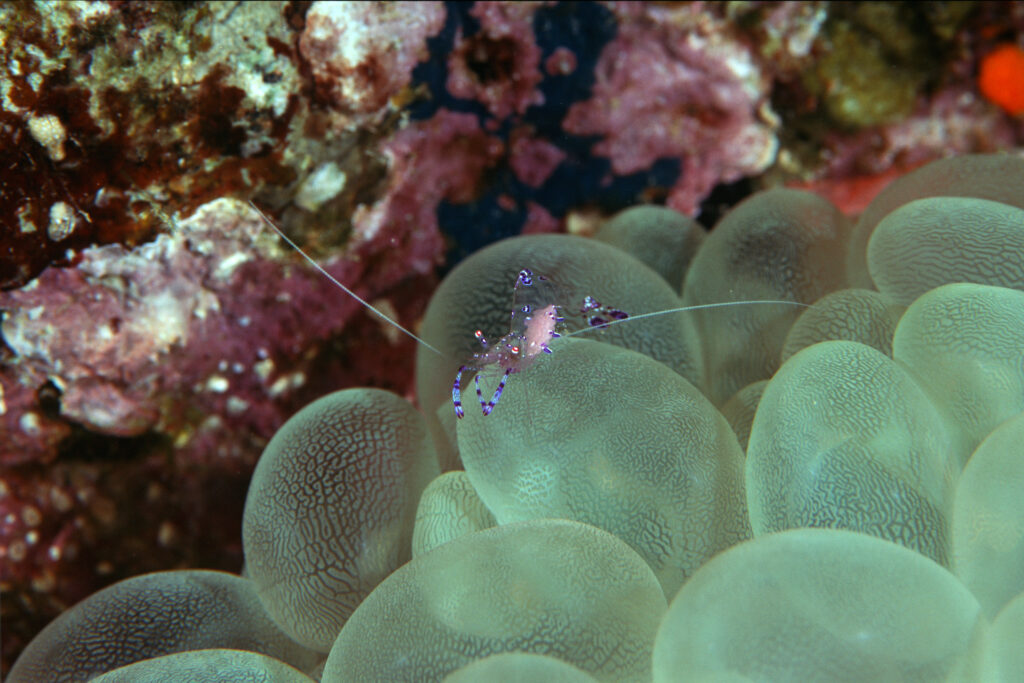
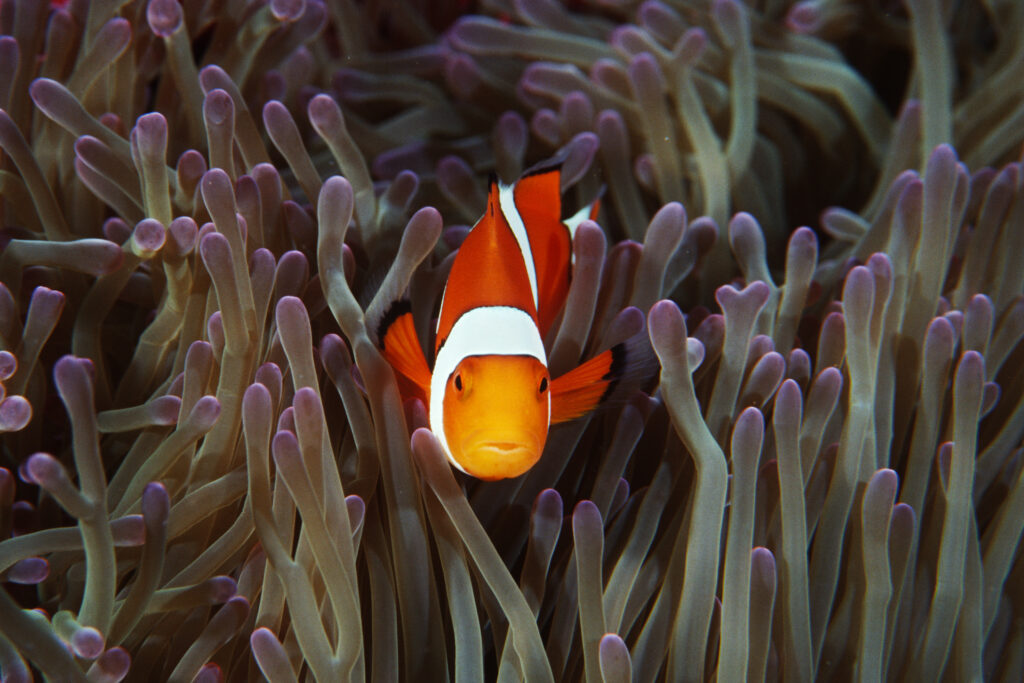
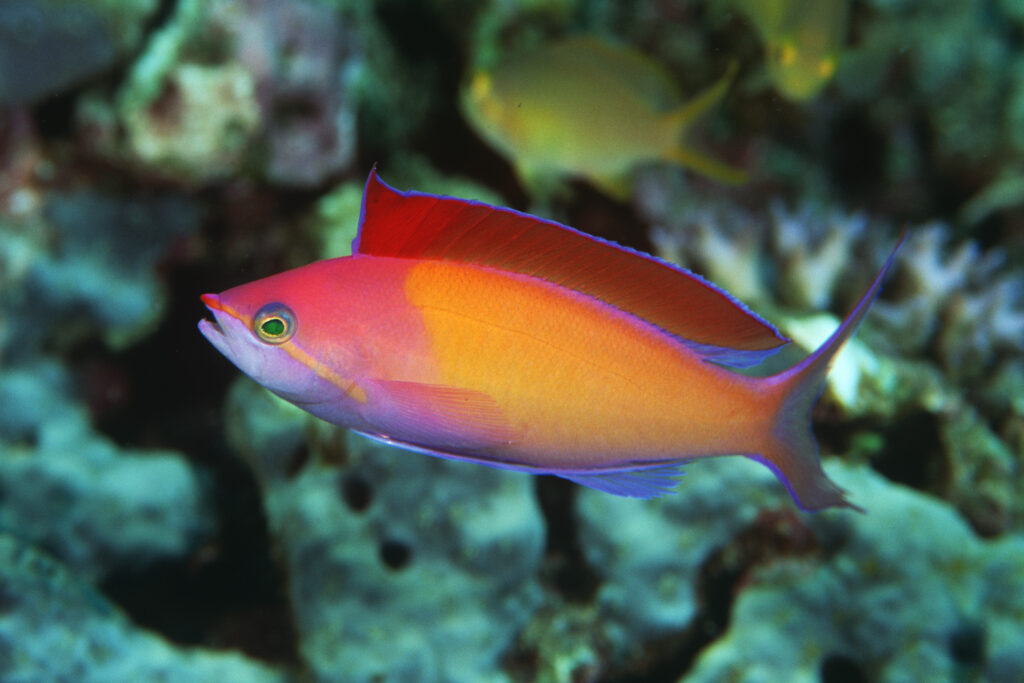
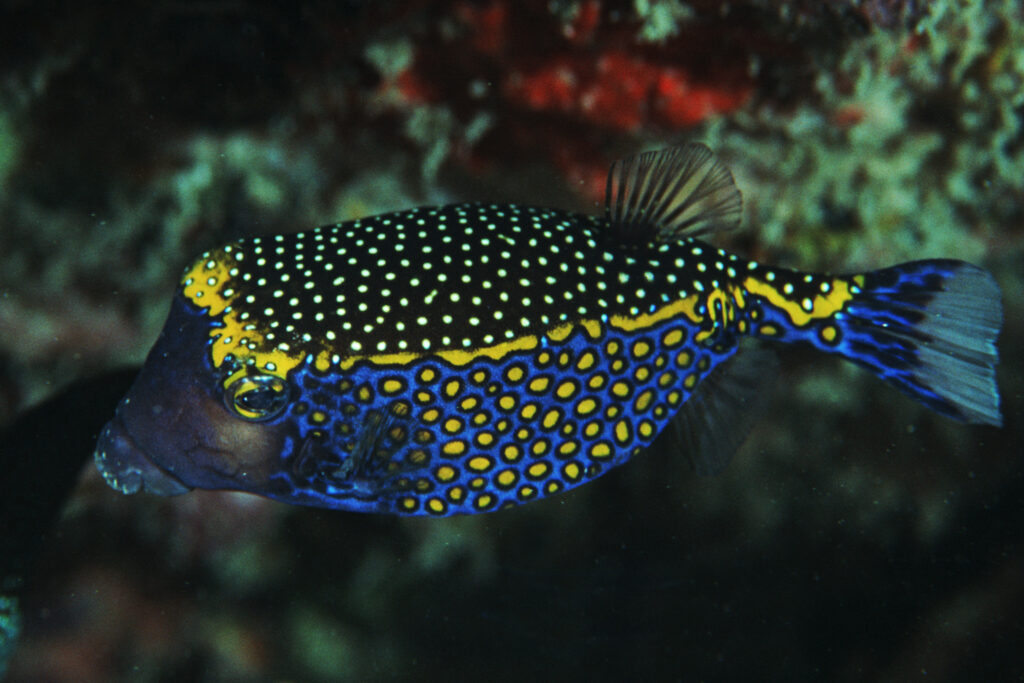
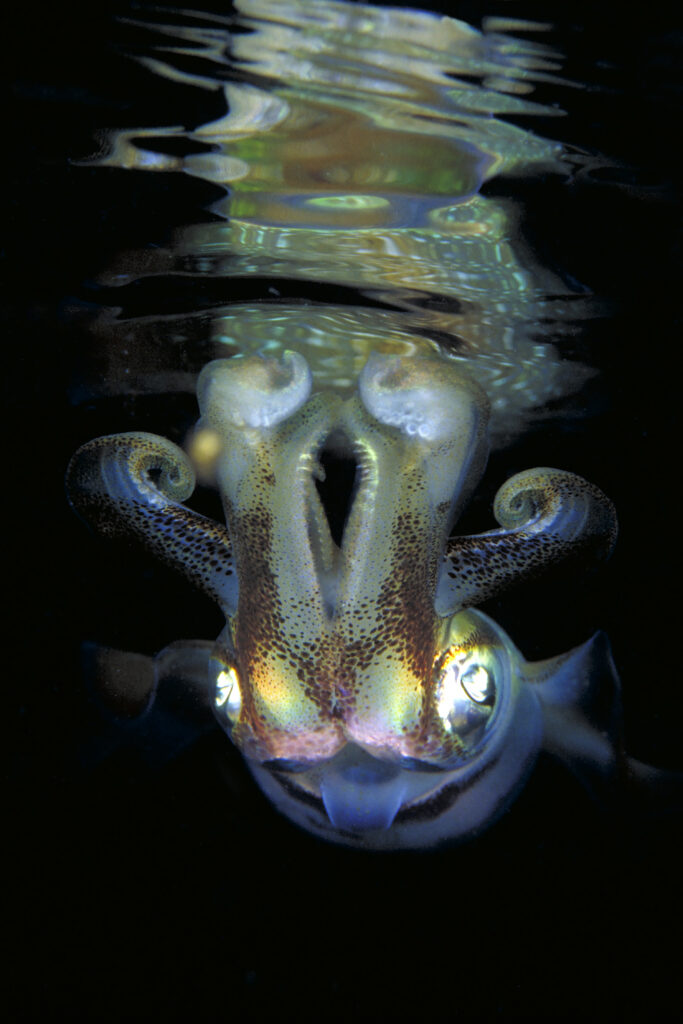
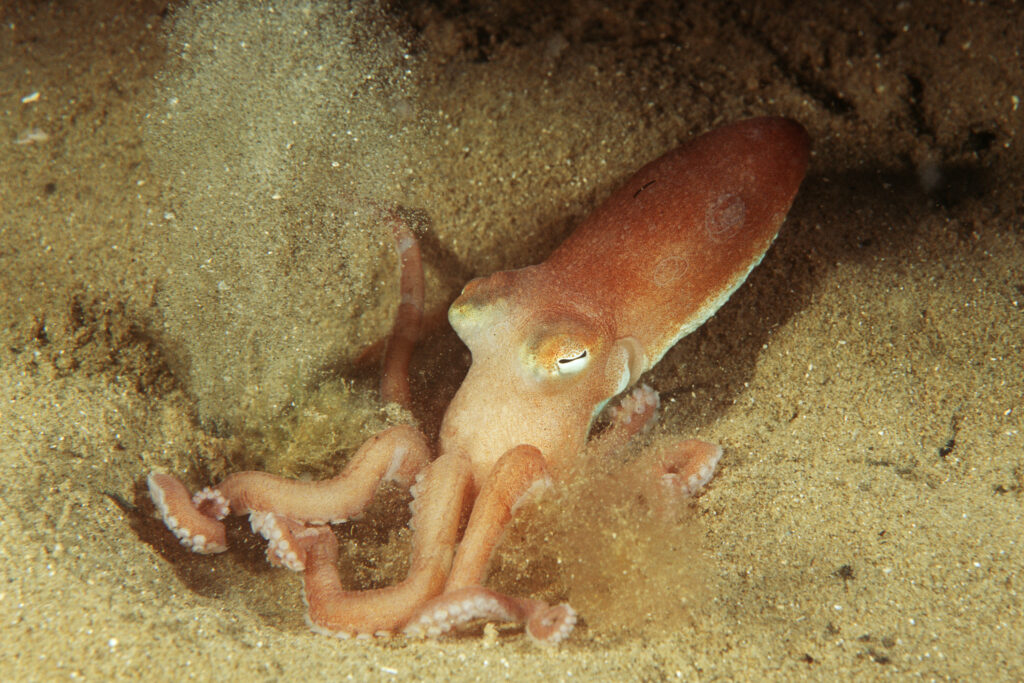
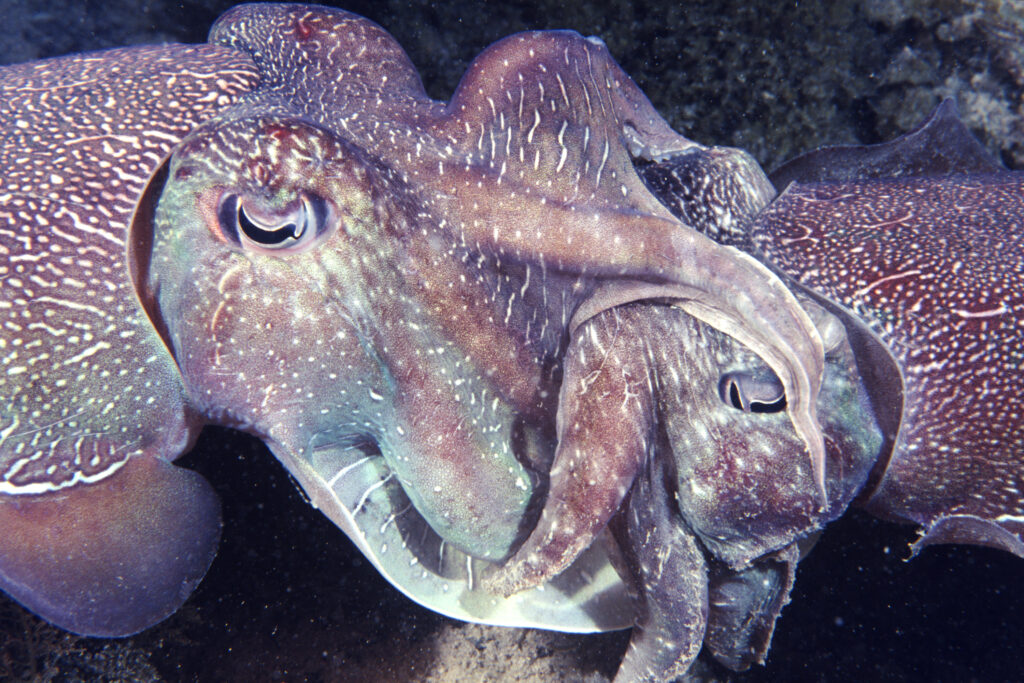
Here’s a pretty dismissive review of it. Ken Rockwell has a more generous review of the subsequent ‘D’ version.
Bausch and Lomb Rapid Rectilinear
This uncoated four-element lens is on my late grandfather’s 1914 No. 1A Autographic Kodak Junior. Its design dates to around 1866. It doesn’t ever really get sharp at the edges of the 6x11cm frame, even stopped down to F22, but I was honestly blown away by how well it performed when I first shot some colour film with it.
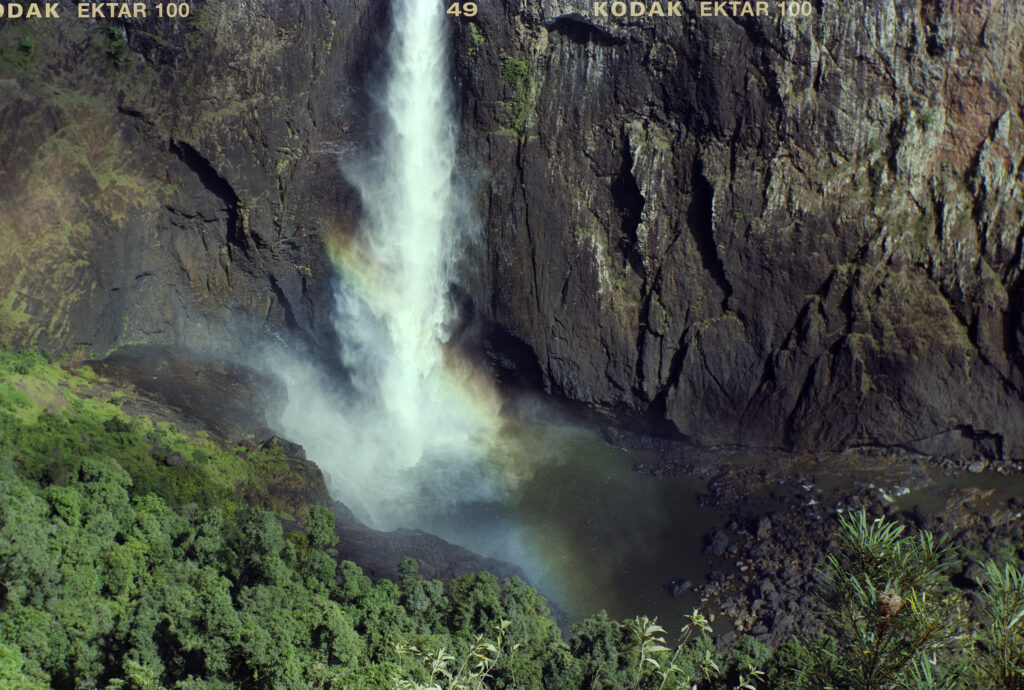
More on this lens here
I hope you’ve enjoyed the images. My Flickr site is here
Share this post:
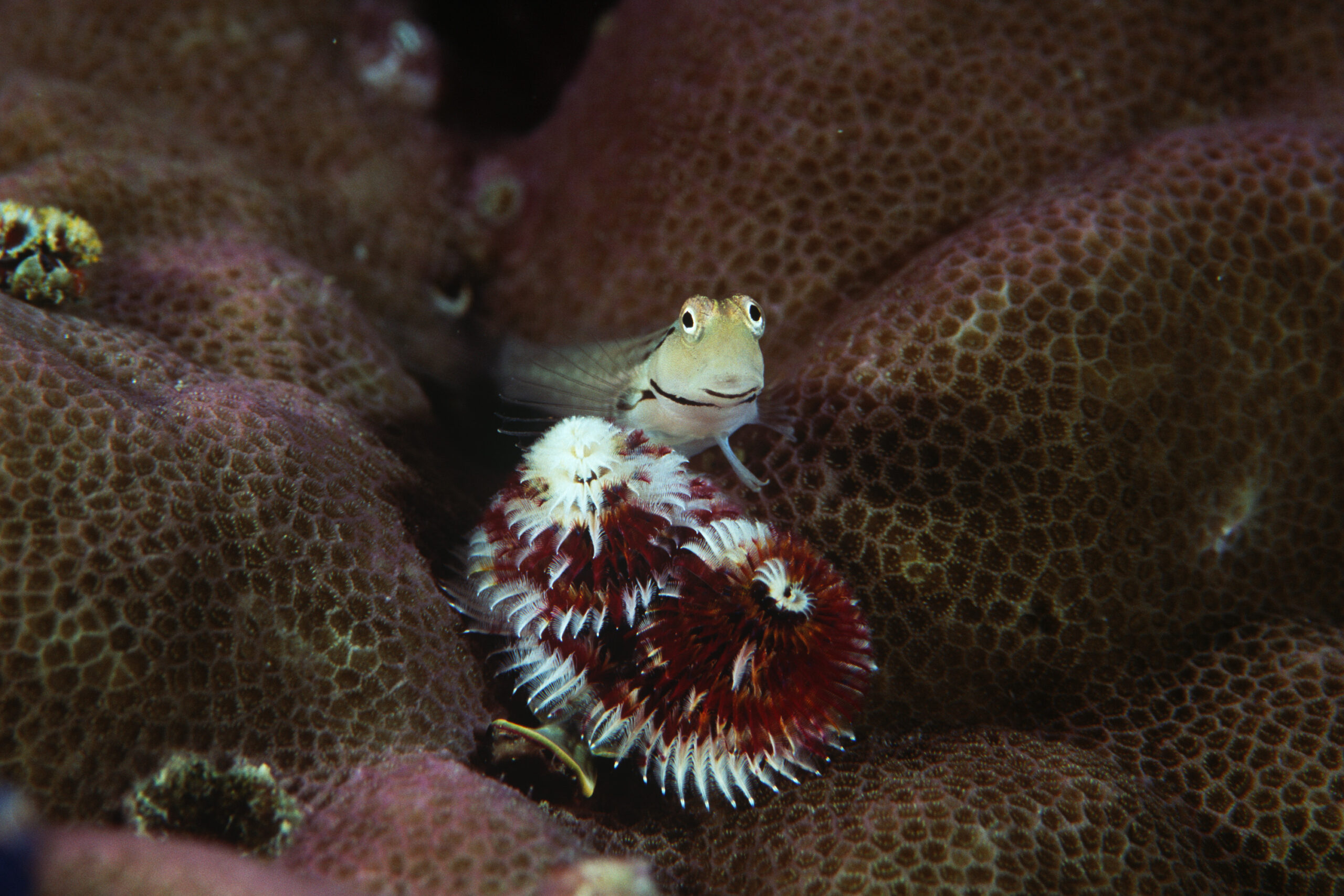
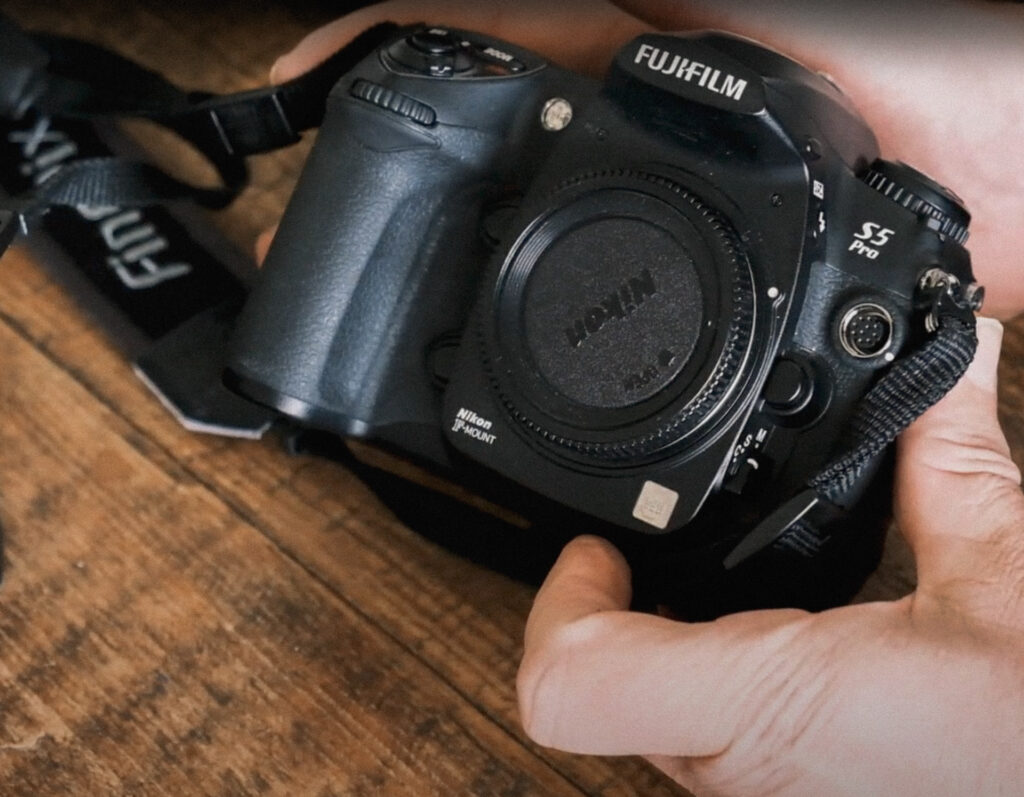
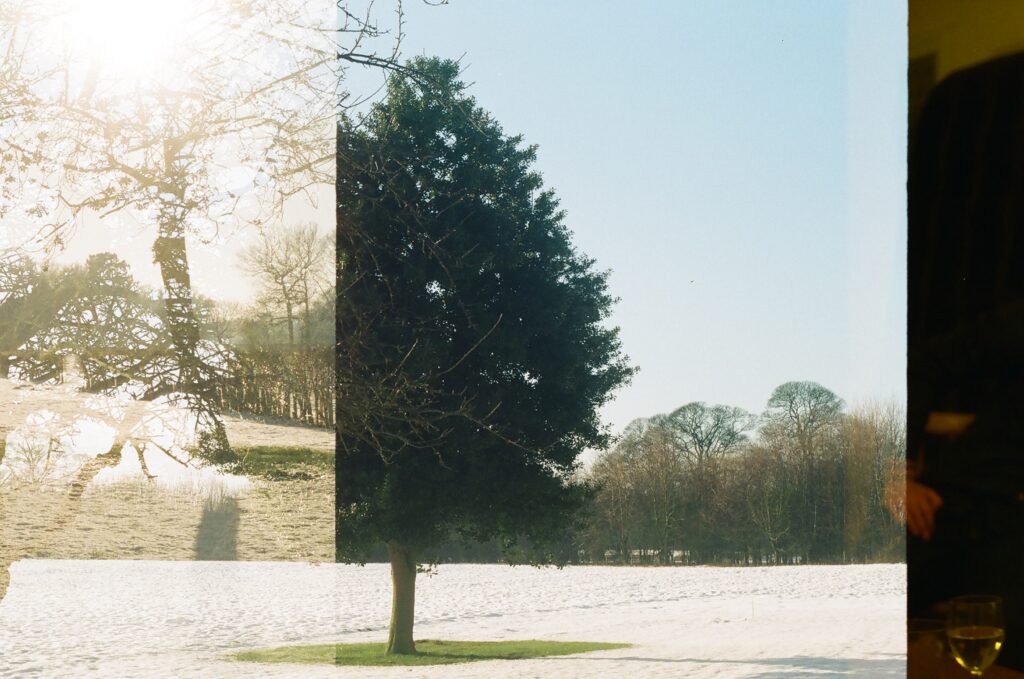
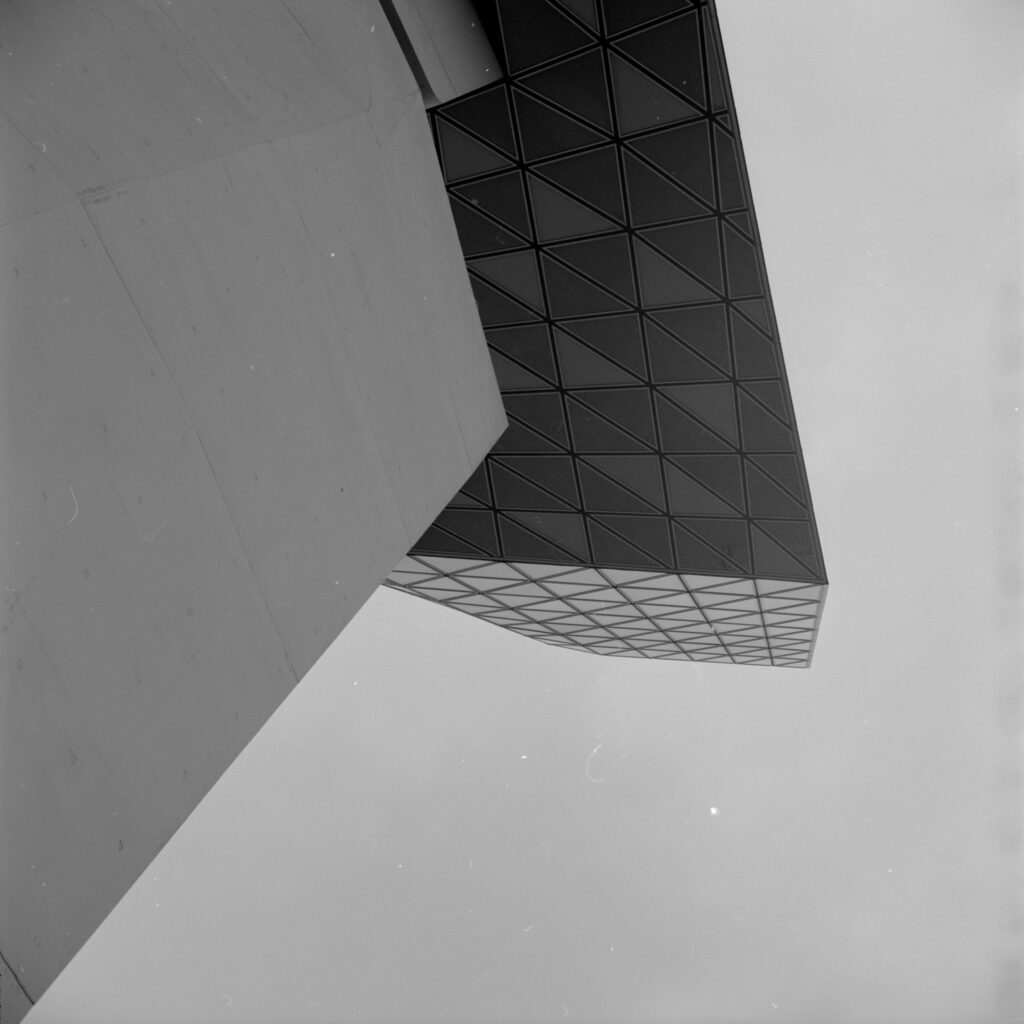





Comments
Max Tiraquon on Memorable photos made with forgettable lenses
Comment posted: 21/11/2024
Comment posted: 21/11/2024
Geoff Chaplin on Memorable photos made with forgettable lenses
Comment posted: 21/11/2024
Comment posted: 21/11/2024
Jeff T. on Memorable photos made with forgettable lenses
Comment posted: 21/11/2024
Comment posted: 21/11/2024
Art Meripol on Memorable photos made with forgettable lenses
Comment posted: 21/11/2024
You can make good photos with almost any equipment but the more you know the more good equipment comes into play.
Comment posted: 21/11/2024
Dan M. on Memorable photos made with forgettable lenses
Comment posted: 21/11/2024
Comment posted: 21/11/2024
Zach on Memorable photos made with forgettable lenses
Comment posted: 22/11/2024
I think Ansel Adams said it great, "The single most important component of a camera is the 12 inches behind it." Your photos make me think you've got a eye and brain behind your viewfinder!
Comment posted: 22/11/2024
Tony Warren on Memorable photos made with forgettable lenses
Comment posted: 23/11/2024
I had a spell making 8x10s using Multigrade as a negative material. The lenses were Achromats or Double Achromats using two close up lenses back to back, the "double" using Nikon 2d and 3d 2-element versions. I did a post about it a while back. The images couldn't have been much sharper but were effectively contact prints of course. Simple lenses are still viable - it is only the coatings and the need to accomodate SLRs, zooms and demanding sensors that add to the complexity.
Comment posted: 23/11/2024